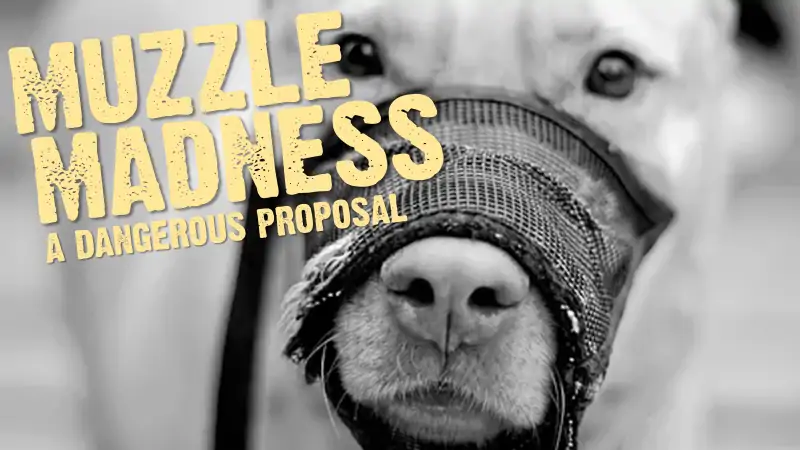About half of dogs that barge through doors do so because they are frustrated by captivity. The others are often very active, boisterous types who are either trying to get into the house to socialize with their owners or to continue their social contact by attempting to leave with the owner. Whatever the basic motivation, the act can be both financially and emotionally costly. Such door-dashing has seriously injured children and elderly people, caused premature birth in pregnant women, resulted in injury and death of the dog and, in many cases, causes an automobile accident when a motorist swerves to miss the dog.
When the problem involves a dog that dashes merely to get out there to run about the neighbourhood, avoiding its owners’ pleas to return, the pet is usually unruly in other circumstances as well. These cases often involve an independent, self-oriented (spoiled) dog. Other factors may involve an early history of unrestricted outdoor activity, followed by restriction because of some problem that has arisen outside (fighting, car chasing, etc.).
Some cases involve continuous frustration relative to neighbourhood activities, such as the dog’s “fretting†behind a gate or at a window. Depending on the excitability of the animal, it may develop the same type of stereotyped behavior seen in fence-running dogs. Simple freedom-dashing may be tension relieving in itself, or the escaped dog may have a frustration target, such as passing cars, playing children, mail carrier or other animals.
Correcting The Problem of Door Barging Dogs
1. Approach the door or gate. (Of course, the door-dasher will be close by.)
2. Given an inward-opening door, abruptly open it no more than 2 inches and abruptly close it. An outward-opening door should be opened no more than an inch and then closed very quickly, or the dog may push through or get a pinched snout.
3. As the door is closed, the owner must abruptly move away from it at least 8 feet and praise the dog for following, after which the owner should be encouraged to remain still for at least a minute. If the dog remains at the door, steps 1, 2 and 3 must be repeated until the dog retreats along with the owner.
4. Step 3 must be repeated until the dog stays away from the door when the owner approaches it and when the door is opened. When this occurs, the door should be opened a full foot. If the pet dashes, the door should again be slammed shut and Step 3 applied with this larger opening.
5. Step 4 is repeated until the door can be opened to its normal exit width, with the dog staying at least 8 feet away from it. When this is accomplished the owner must stay inside, close the door, return to the dog and praise it quietly. Then the owner should remain in the house, going about some other activity for at least half an hour before repeating the procedure.
6. When the dog stays away from the door on the initial approach, the owner should then proceed outside, close the door and stay away for at least 15 minutes, after which she should return as nonchalantly as possible
If this method is applied daily for a few days, most dogs begin to ignore the comings and goings of their owners. Dogs that are extremely tenacious in their efforts to dash through a door ahead of people often have a long history of frustration about barriers, or are highly motivated by a strong stimulus on the other side of the door.
Enter your email and never miss out on receiving our best articles:





